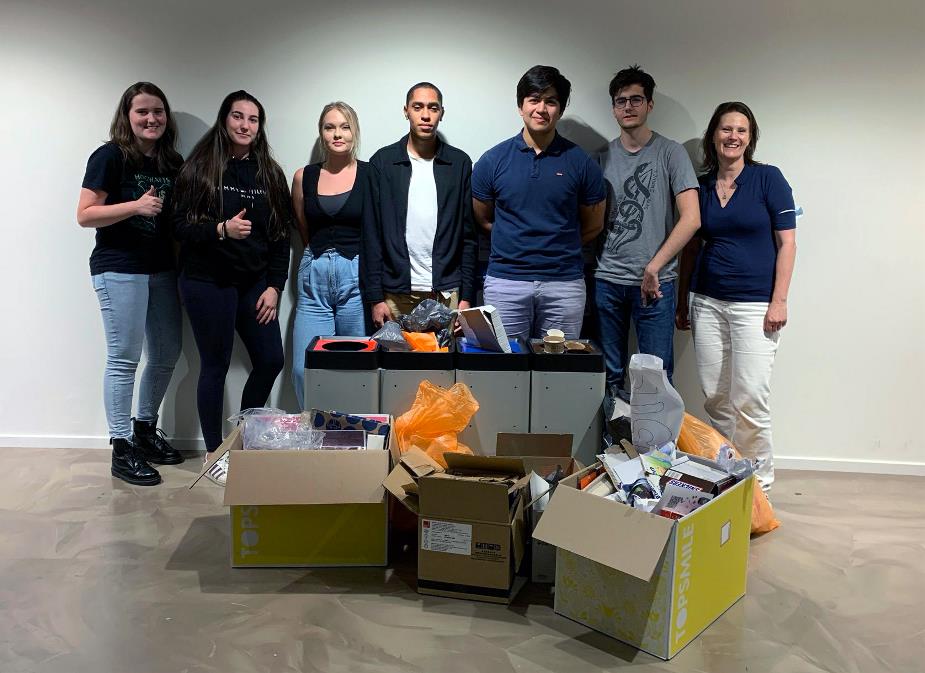Actively creating learning environments: “Students will not get ahead just by cramming knowledge into their heads.”
10 May 2022
In this series, we turn the spotlight on lecturer-researchers who bring research and education closer together. Rachel Kuijlenburg takes this quite literally. She was one of the driving forces behind the living lab that...

In this series, we turn the spotlight on lecturer-researchers who bring research and education closer together. Rachel Kuijlenburg takes this quite literally. She was one of the driving forces behind the living lab that has been located in the centre of the campus of The Hague University of Applied Sciences since 2020. Here, sensors collect data on the use of classrooms and other areas, and students conduct research on data they produce themselves! Rachel: “It takes a lot of time and effort to get something like that done, but if you persevere, you can achieve a lot.”
Rachel once studied Applied Home Economics (now Facility Management) at The Hague University of Applied Sciences. After a few detours, she returned to the degree programme as a lecturer. “In 2012, I went to start my first research: a project in a small prison. Over the years, this has developed into a close collaboration with the Custodial Institutions Agency. Whole cohorts of students are now studying how to make the prison system more sustainable. It started with a study on smart waste separation and naturally expanded to research on procurement. After all, everything that is now waste was once purchased. Students go on field trips to prisons, talk to facility managers and analyse data. Thanks to their research, many new insights have emerged within the walls in recent years.”
Research close to home
A few years ago, the idea was born to facilitate research closer to home. Rachel: “Thanks to funding from the Laan van Meerdervoort Foundation, we were able to install sensors in our university of applied sciences’ building for €50,000. They measure how the rooms are being used and how we can adjust our operations accordingly. For example, in a classroom that is consistently empty on a Friday afternoon, there is no need for lights and heating. But students also use the data to understand how people behave in a room. At what temperature do you usually open a window? Or does it have to do with other factors? And in addition to this kind of research, they also look at which sensors are perhaps less useful than we thought? These are also useful data for practice.”
Being curious and creating opportunities
Meanwhile, students from other degree programmes are also doing research in the living lab and talks are underway with the Mondriaan College to attract senior secondary vocational education and training students. “My colleagues and I put a lot of energy into organising this kind of learning environment,” says Rachel. “Personally, I do it because I firmly believe that practical research makes the world a better place. Technology is changing so fast that we have no choice but to teach students skills. Because knowledge is not enough to get ahead in the new world. For the lecturers, this approach requires that we are simply curious. Seeing where things are going in a flexible manner, responding to that and creating opportunities. And, of course, accepting that hiccups are a fact of life. For example, the sensors were not installed in the university of applied sciences overnight. But now they are, and that's what matters!”